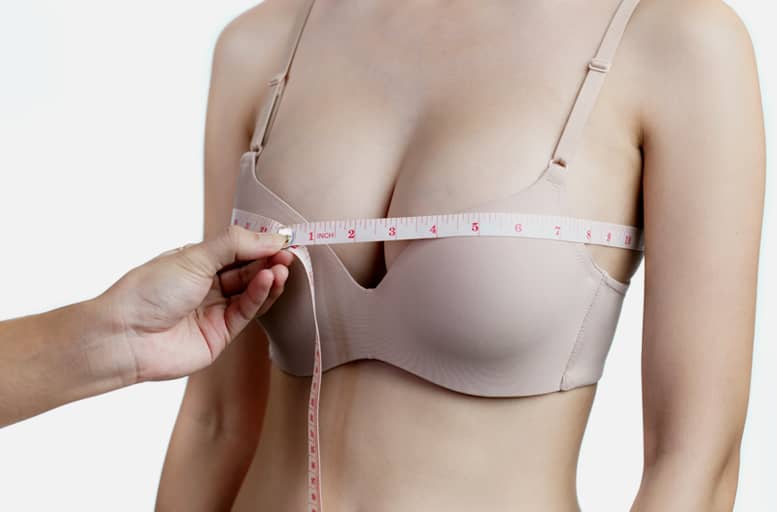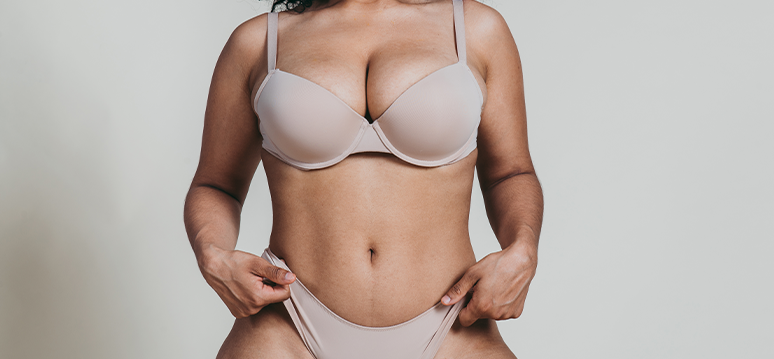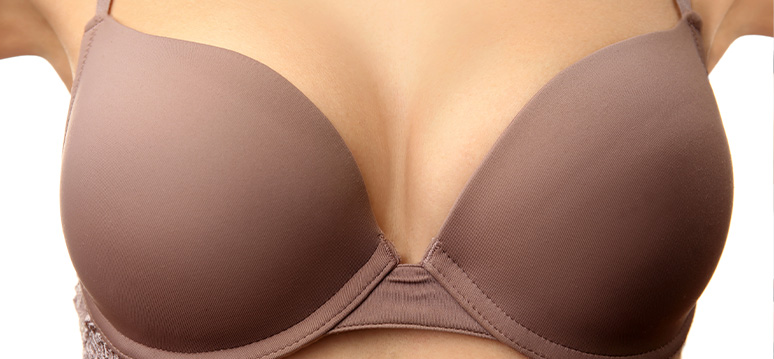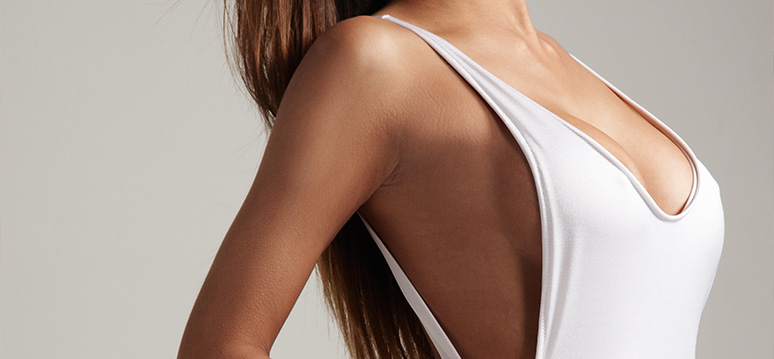Breast lift, or mastopexy, is one of the most popular cosmetic procedures performed at our Houston plastic surgery practice. Usually, it’s done for women who have sagging or loose breasts, after breastfeeding or simply with age. The ideal results are a perkier and more elevated breast appearance, as well as a rounder, more organic-looking breast shape that’s overall just way more appealing.
Fears of a Smaller Size
According to data from the American Society of Plastic Surgeons, the number of breast lifts surgeries has grown by 70% since the year 2000. So I tend to answer plenty of questions about this popular procedure. A question that is often asked is if cup size decreases with the procedure.
“Is this true, doctor? Will they get smaller?” It’s a pretty fair question.
Now, before I answer that, let’s discuss what mastopexy is. It’s a procedure that entails the nipples and breasts being moved to a much higher position on the chest. The procedure results in firmer breasts through the removal of excess skin. We then tighten the surrounding tissue, thereby supporting the new breast contour for roundness and aesthetically natural proportions.
Nothing is reduced, nothing is added. It’s all about tightening things up, especially the skin.
A Study Does Indicate “Reduced” Cup Size
In a 2014 study published in “Plastic and Reconstructive Surgery” (the official medical journal of the American Society of Plastic Surgeons), author Dr. Katie Elizabeth Weichman and her team at New York University noted in their observations that a breast lift procedure actually does result in decreased cup size.
While the purpose of the investigation was to assess the change in cup size in women undergoing ONLY breast lift surgery, the results that Dr. Wiechman found in her follow-up survey were fascinating, to say the least.
After five years, Dr. Weichman’s team asked the women who had undergone mastopexy about their breast lift. Even factoring in weight change as well as any change in bra manufacturer, almost all of them reported a decrease of at least one cup size smaller than what they previously wore.
So, according to this study, the short answer to the question of “Will they get smaller, doctor?” is YES.
But, the longer — and certainly more complex — the answer is a resounding NO. But how?
What’s Your True Cup Size?
So how was it possible that all these women in Dr. Weichman’s study reported wearing a smaller bra cup size five years after their breast lift procedure?
This is especially interesting since they underwent no other kind of surgery. Not breast augmentation or breast reduction. According to the study, the key is bra size. Specifically, the correct bra size.
Dr. Wiechman and her team pointed out that women who go for breast lifts are often used to wearing a looser, and therefore, incorrect bra size. This is usually the case for the comfort of sagging breasts, termed breast ptosis for the excess skin and soft tissue.
“It is well known that most women do not wear the correct bra size,” they even stated in the study’s results.
The study further emphasized that none of the women who participated changed the brand or manufacturer of bra that they used to wear, even prior to undergoing a breast lift. Many of the patients also had an average of low to normal body weight and wore a C-cup size before surgery. Afterward, these women began wearing B-cups which reflected their true — and now correct — cup size.
This is an important breakthrough in understanding why many patients feel as if the procedure was responsible for the decrease in breast size. The key to understanding what was causing the smaller bra phenomenon is the concept of “true” cup size. Many women, prior to breast life, mistook their previous, larger cup as their correct size. This is because it was roomier and more comfortable when compared to their correct bra size.
Setting True Cup Expectations
Those wanting to get a breast lift not only have a size in mind for the final results, but more so the shape, balance, and proportion. They want to get that perky and rounded buoyancy that looks youthful and appealingly natural.
It’s therefore important to set expectations and communicate clearly ahead of the procedure. For one thing, it’s a must to demonstrate to breast lift patients how they can — and very likely will — need to wear a smaller cup size.
This is a simple matter of demonstrating it. What I usually do is lift the breast and align the nipple to the closest to the approximate height of the final result. If you come in for a pre-operative consultation, we can definitely discuss this at length, but often it’s as easy as using my thumb and forefinger to elevate the breasts and illustrate the point.
Points to Consider
Again, going back to Dr. Weichman’s study, her synopsized results declare that “Mastopexy alone results in an average decrease in one brassiere cup size.” Further, there needs to be a clear discussion of the correct bra cup size.
Questions that you might want to keep in mind before going into the consultation with me might likely include the following:
- Do you feel that you’ve been wearing the correct cup size all this time?
- If not, do you think you’ve been wearing a size larger bra for more comfort and roominess?
- Could you consider switching, even for a short trial period, to a smaller cup size prior to the operation to get a feel for what is likely your “true and correct” cup size after the procedure?
I find that these are important points for patients in pre-operative talks to consider. Especially since you must now recognize that your actual cup size is very likely a smaller one than what you currently wear. This is the kind of size that will be reflected when we make your breasts firmer, despite a relatively stable volume.
Every case of mastopexy is different and you will for sure have your own aesthetic goals in mind. Together we can formulate a treatment plan that’s safe, effective, and tailor-fit for you when you come in for a consultation.
Always remember to only consult with a board-certified plastic surgeon to ensure that their training, expertise, and experience can be brought to bear for your care and protection.










